TradeAID Integrated
The Legacy of Smock Making
In the village communities of Northern Ghana, the craft of smock-making, or Batakari, is more than a livelihood—it’s a living heritage. Learning the art as a young boy while helping his father, Nicholas Apokerah, TradeAID’s founder, turned a familial skill into a thriving endeavor. TradeAID Integrated, rooted in the traditions of the Grunne people, carries forward a legacy of weaving passed down through generations. Today, his organization works with weavers, basket makers, and farmers to create sustainable livelihoods.
Smock weaving helps to preserve the region’s cultural identity. Women weave on traditional strip looms, and then smock artists, primarily men, stitch the narrow strips of fabric together to create a living art piece you can wear. Stripes symbolize unity, interlocking shapes represent community, and the colors red, yellow, and green reflect the earth and prosperity. These smocks are worn for celebrations, ceremonies, and daily life in Northern Ghana.
Chiefs and elders wear them, and even Ghana’s first president, Dr. Kwame Nkrumah, in 1957, wore a smock when Ghana gained its independence. Dr. Kwame Nkrumah and his colleagues used the address to signify cultural pride because each smock is a blend of patience, skill, and purpose. Beyond symbolism, the pieces have a tangible impact on local communities. Smock weaving provides economic empowerment, sustains regional identity, and fosters a deep connection to ancestral traditions. TradeAID Integrated continues to innovate within this tradition, honoring its roots while embracing new opportunities to share the beauty and stories of Northern Ghana with the world.









